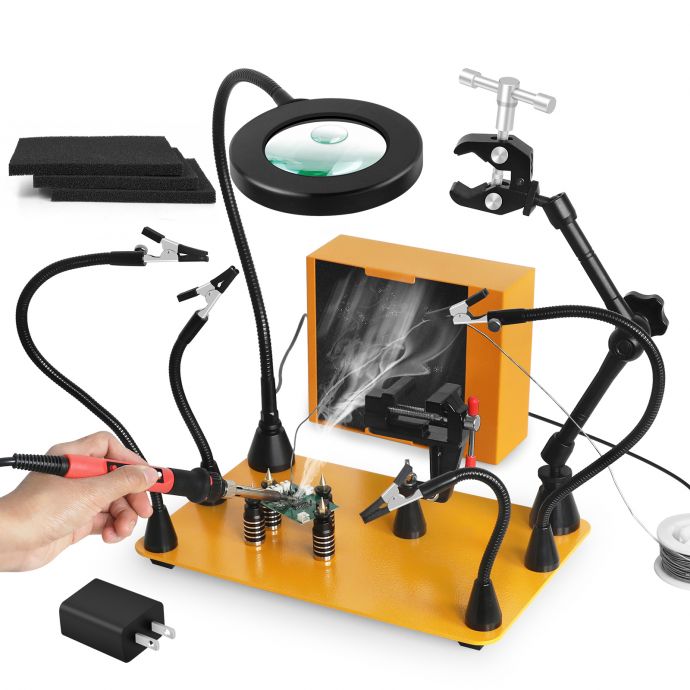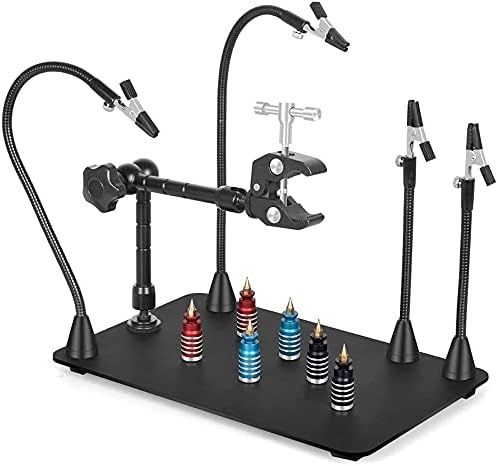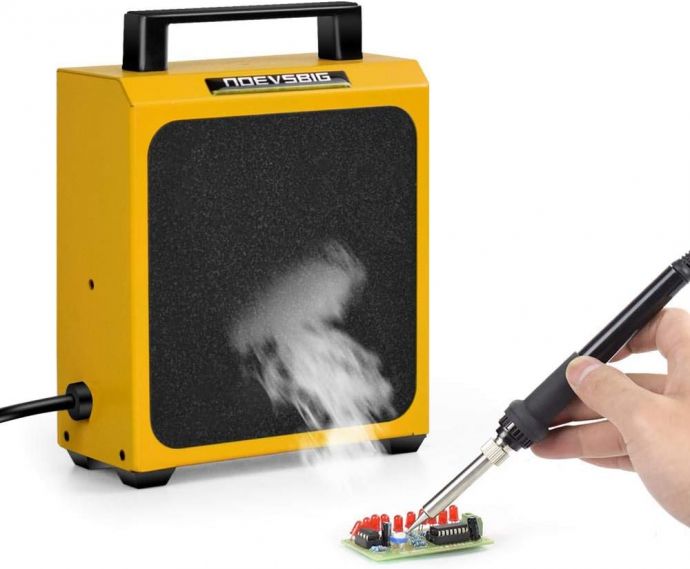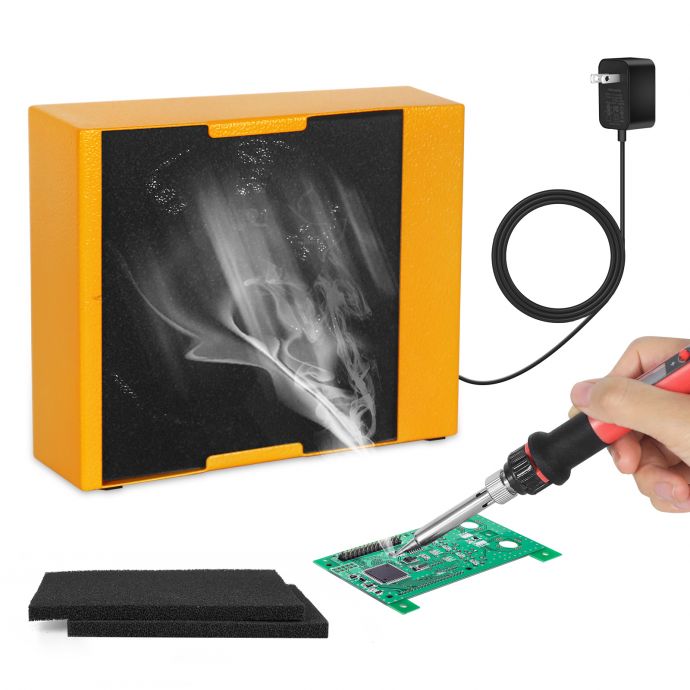In the realm of electronics and DIY projects, soldering is an indispensable skill. Whether you are crafting intricate circuits, repairing gadgets, or creating artistic masterpieces, the process of soldering often involves the use of solder and flux, which can release fumes that are potentially harmful. To ensure a safer and more pleasant work environment, a solder fume extractor becomes an essential tool in your workstation. This article delves into the intricacies of creating a DIY 12V solder fume extractor, offering a detailed guide to crafting a device that not only protects your health but enhances your overall soldering experience.
### The Importance of a Solder Fume Extractor

Solder fumes contain a mix of fine particles and gases, including potentially harmful lead, rosin, and other chemicals. Prolonged exposure to these fumes can lead to respiratory issues, eye irritation, and other health concerns. A solder fume extractor mitigates these risks by drawing in the fumes and filtering out the harmful components, ensuring that the air in your workspace remains clean and safe to breathe.
### Understanding the Basics
Before embarking on building your DIY fume extractor, it’s important to understand the key components:

1. **Fan:** The heart of the fume extractor, the fan draws in the air and fumes to be filtered. A 12V fan is ideal for DIY projects due to its efficiency and availability.
2. **Filter:** Typically made of activated carbon or HEPA material, the filter captures and neutralizes the harmful particles in the fumes.
3. **Power Supply:** A 12V power source is needed to run the fan, which can be a battery pack or a power adapter.

4. **Housing:** The enclosure that holds all components together, ensuring that fumes are effectively directed through the filter.
### Materials Needed
- 12V DC fan (computer case fan)

- Activated carbon filter (commonly available for HVAC systems or as standalone sheets)
- 12V power supply or battery pack
- Switch (optional for controlling power)
- Enclosure (can be crafted from wood, plastic, or repurposed materials like a plastic container)
- Basic soldering tools and materials (soldering iron, solder, wires)
- Screwdriver, glue, or screws (for assembling parts)

- Mesh or grille (to prevent large debris from entering the fan)
### Step-by-Step Guide
#### Step 1: Planning and Design

Start with a simple design layout. Consider the size of your workspace and tailor the extractor to fit comfortably. Sketch a blueprint that places the fan centrally, ensuring maximum air intake efficiency. Decide where the power source, switch, and filter will be positioned.
#### Step 2: Preparing the Enclosure
Select your material for the enclosure. If you’re repurposing a plastic container, make sure it’s sturdy enough to hold the components. Cut an opening on one side for the fan, ensuring a snug fit to prevent air leaks. Position another opening on the opposite side or at the bottom for the air outlet and filter placement.

#### Step 3: Mounting the Fan
Secure the fan within the opening, making sure it directs air outwards. This positioning helps to pull the solder fumes through the filter effectively. You can use screws or adhesive to keep the fan in place.
#### Step 4: Installing the Filter
Cut the activated carbon filter to fit the airflow path. Ideally, the filter should cover the entire surface area of the air outlet. Secure it in place using a mesh or grille to prevent it from moving and protect it from damage.
#### Step 5: Wiring the Power Supply
Connect the fan to the power source. If using a battery pack, wire the positive and negative terminals accordingly. Install a switch in-line with the positive wire if you want to control the fan manually. Ensure all connections are soldered securely to avoid any loose wiring.
#### Step 6: Final Assembly
Once all components are in place, seal the enclosure using screws or glue. Make sure the enclosure is airtight to ensure all extracted air passes through the filter. Double-check all connections and placements.
### Testing Your Solder Fume Extractor
Upon completing the assembly, it's time to test the fume extractor. Power it on and check the airflow with a piece of tissue or paper – it should be drawn towards the fan. Verify that the fan is pulling fumes effectively when soldering; you’ll notice a decrease in visible smoke.
### Maintenance and Tips
Regular maintenance is key to ensuring the long-term effectiveness of your solder fume extractor. Replace the activated carbon filter periodically, especially if you use the extractor frequently. A clogged filter will reduce efficiency, leading to potential exposure to harmful fumes.
Additionally, always ensure that the fan blades are free of dust and debris to maintain optimal air movement. Consider upgrading components over time, like using a more powerful fan or a higher quality filter, to enhance performance.
### Enhancing Your DIY Journey
Building your own solder fume extractor not only ensures a safer working environment but also adds a layer of satisfaction to your DIY journey. Each fume-free session is a testament to your skills and creativity, enhancing your soldering station with a tool crafted by your own hands.
In the world of DIY, innovation and safety go hand-in-hand. With this homemade 12V fume extractor, you can solder confidently, knowing that you are taking proactive steps to safeguard your health while continuing to pursue your passion for electronics and creation. The art of DIY craftsmanship is as much about solving problems as it is about building solutions – may your soldering adventures be as clear and fume-free as the projects you bring to life!









